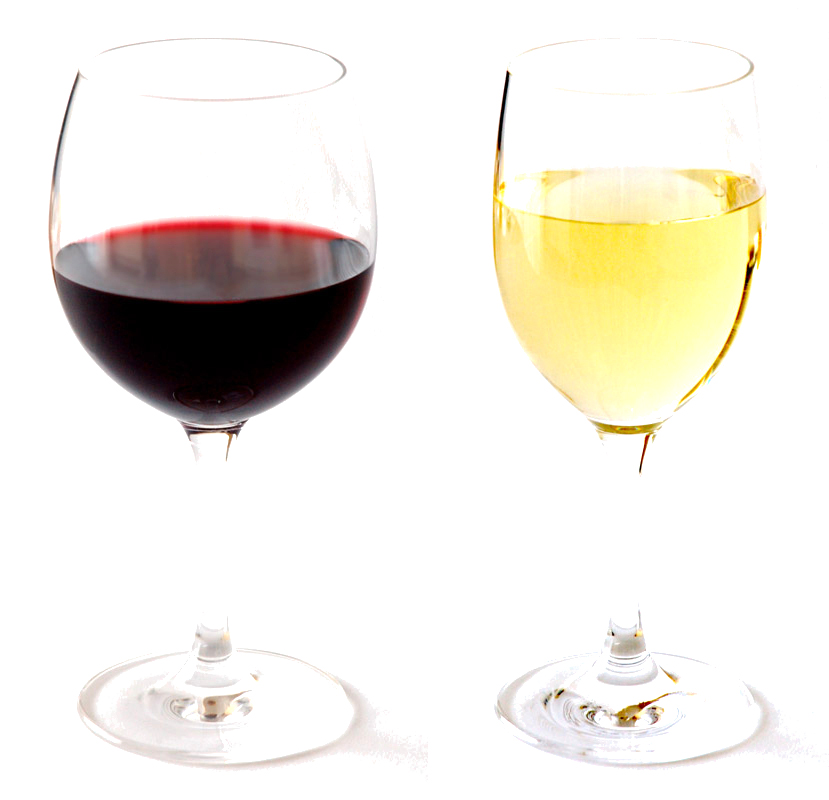By Steven Lang
It can be hard to know which wine to buy – much harder than buying beer, cool drink or whiskey. The choices are so much wider and so much more incomprehensible. So as the festive season approached, I thought I’d do some research to find out for myself the difference between a chenin blanc and a cabernet sauvignon.
Checking in at the local purveyors of fruits of the vine, I found that most wines come in elegantly shaped bottles with creative labels covered in sophisticated sounding words that I really don’t understand. There are of course other wines, sometimes referred to as chateau-box, that for some reason I thought were reserved for students.
Trying to make sense of the labels, I developed three loose categories of the label wording:
- 1. French words that appeared to describe something about the taste of the wine, e.g. sauvignon blanc, chardonnay, merlot.
- Old Dutch sounding words that either designated where the grapes were grown or where they were transformed into wine, e.g. Hazendal, Zevenwacht, Daschbosch
- Quirky brands luring you to try something different, e.g. Fat Bastard, Rickety Bridge or Blue Owl to name but a few.
Realising that this ad hoc categorisation would be unlikely to help anybody, I consulted Dr Google and found that the SA Wine Industry Information and Systems (SAWIS) has published an online Trilingual Wine Industry Dictionary explaining terminology in English, Afrikaans and isiXhosa (http://www.sawis.co.za/dictionary/index.php).
The dictionary is quite detailed but too technical and not really helpful if you’re shopping for your festive season fun.
Next I tried an obvious – wine.co.za – but it lost me with descriptions like this: “Upfront aromas of perfume, violets, glazed gammon and pepper. This wine presents a smooth entry on the palate, with soft and seamless layers of cloves, nutmeg and warm spices, and a liberal dose of white pepper, underpinned by a savory finish, so typical of cool climate Shiraz from the Rhône Valley”.
Finally I tried the Wines of South Africa (WOSA) site at https://www.wosa.co.za/ where I learnt just how complicated the labelling system is. There is a six-page (2,830 words) document dedicated exclusively to explaining the labelling requirements for South African wines.
Bottled wines in South African usually have at least two labels – one in the front and the other at the back. The front label is bigger, more creative and carries the brand name prominently. This is the label that sells the wine. It would normally contain the mandatory class designation: ‘sparkling wine’, ‘perlé wine’ or ‘sweet natural wine’ where applicable, as well as the alcohol content and volume.
The back label is usually reserved for mandatory items that don’t make the product more attractive. These would include the expression ‘contains sulphites’, a health warning, name and business address of the seller or a code number issued by the Department of Agriculture.
Other expressions that may be used refer to the place where the grapes were grown and thus make a ‘Wine of Origin’, so you might have a ‘Wine of Origin Paarl’.
Labels can also include the estate name where the grapes were grown, the cultivar variety, vintage year and other class designations such as ‘special late harvest’, ‘noble late harvest’, ‘blanc de noir’ ‘Cape ruby’, ‘Cape tawny’ and others where appropriate.
The only word that is expressly prohibited on the labels is ‘superior’ or any of its translations, but the document also states that derogatory or inaccurate words are not allowed.
Returning to the question posed in the first paragraph of this article, what is the difference between a chenin blanc and a cabernet sauvignon? I can tell you that a chenin blanc is a fruity white wine that “finds favour with a wide range of palates” and according to WOSA, cabernet sauvignon produces “top-class wines that develop well with age into spicy, full, complex wines”.
If you would like to know more about South African wines you can register for WOSA’s online course at www.wosa.co.za


